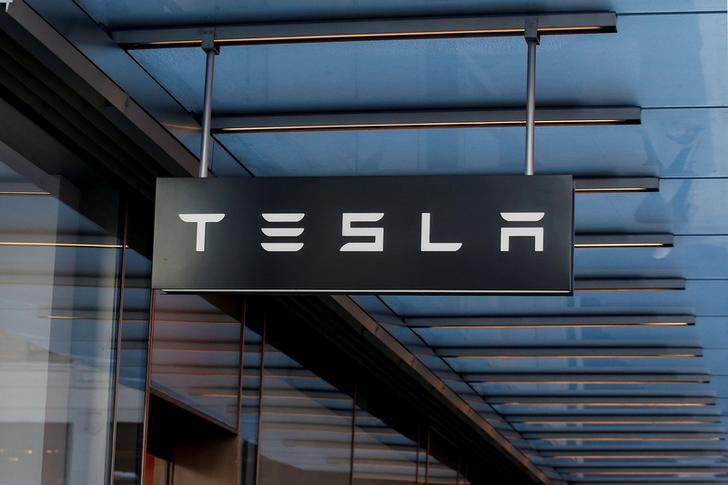By Akash Sriram
(Reuters) – Tesla’s (NASDAQ:) humanoid robot is still in the laboratory but could be ready for sale by the end of next year, CEO Elon Musk said on Tuesday.
Several companies have turned to humanoid robots to address potential labor shortages and perform repetitive tasks that can be dangerous or tedious in industries such as logistics, warehousing, retail and manufacturing.
Musk told investors on a conference call that he suspected Tesla’s robot, called Optimus, could be performing tasks at the factory by the end of this year.
Humanoid robots have been in development in Japan for several years Honda (NYSE:) and Hyundai Motor’s Boston Dynamics (OTC:).
This year, Microsoft (NASDAQ:) and Nvidia-backed startup Figure said it had signed a partnership with German automaker BMW (ETR:) to deploy humanoid robots at the automaker’s factory in the United States.
Billionaire Musk has previously said that robot sales could become a larger part of Tesla’s business than other segments, including car manufacturing.
“I think Tesla is the best positioned of all humanoid robot manufacturers to be able to achieve volume production with efficient inference on the robot itself,” Musk said on Tuesday’s call, referring to the capabilities of artificial intelligence.
Musk has a history of not delivering on bold promises to Wall Street. In 2019, he told investors that Tesla would operate a network of autonomous cars by 2020.
Tesla released the first generation of its Optimus robot, called Bumblebee, in September 2022. This year, the company posted a video of a second generation of the bipedal robot folding a T-shirt at the company’s factory.
Remove ads
.
Figure’s video released in February of its 01 robot shows it making coffee, while Boston Dynamics last week unveiled an electric platform for its Atlas (NYSE:) humanoid robot, which twisted and turned from a lying state to a standing one and running status.


